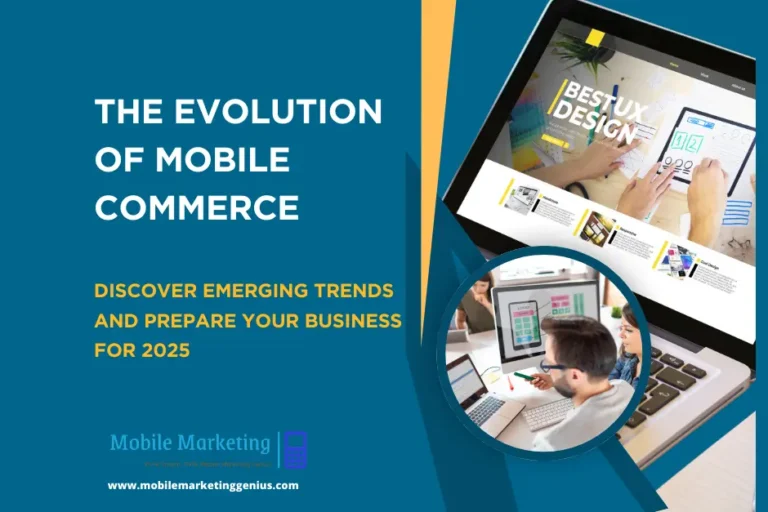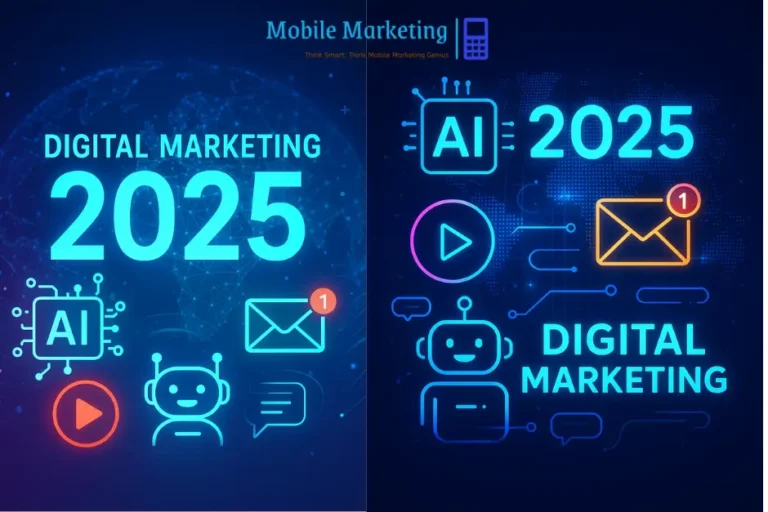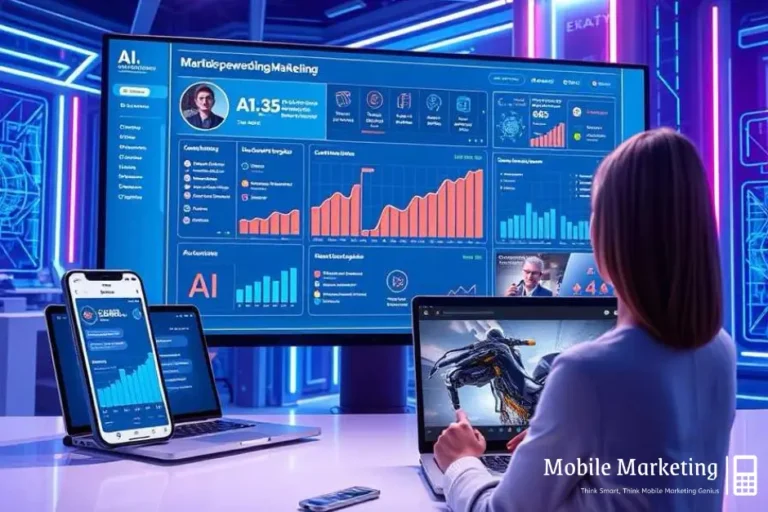Meta Ray-Ban Display Glasses: Futuristic Breakthrough or Overpriced Gimmick?
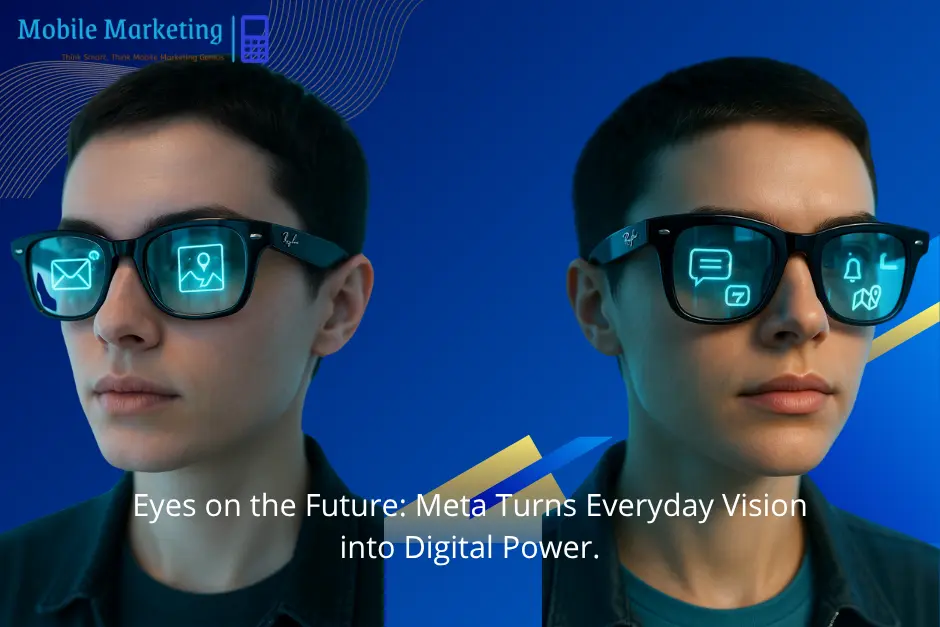
Mark Zuckerberg has once again redefined what it means to connect the digital and physical worlds. His latest innovation — the Meta Ray-Ban Display Glasses — blends fashion and technology to put a phone on your face.
Priced from $800 and launching globally this season, these glasses combine Ray-Ban’s timeless style with Meta’s bold vision of AI-powered wearable tech. According to Business Insider, the device looks sleek and fun but raises a question: once the novelty fades, how will people actually use it?
A recent LinkedIn poll showed that 75% of respondents wouldn’t buy the glasses, 14% would, and 12% might. So, is this the future of AR glasses, or just another expensive toy for tech fans?
1. What Exactly Are the Meta Ray-Ban Display Glasses?
Meta’s Ray-Ban Display Glasses represent the next evolution in smart glasses 2025. Unlike bulky VR headsets, these glasses aim to seamlessly integrate digital features into daily life without obstructing your view or comfort.
Key Features and Innovations
According to Meta’s official presentation:
- 🧠 Built-in AI assistant capable of voice commands for calls, messages, and real-time information.
- 📸 Dual 12 MP cameras for photos and videos from a first-person perspective.
- 🗺️ Heads-up display (HUD) that overlays minimal notifications and directions.
- 🎧 Open-ear audio system for music, calls, and Meta AI interactions.
- 🔋 All-day battery life, USB-C quick charging, and improved weight balance.
- 🌐 Seamless app connectivity with Messenger, WhatsApp, and Instagram.
Unlike a full AR headset, the glasses focus on discreet functionality — think a smartwatch for your face, not a virtual world.
2. AI Integration: The Real Innovation Behind the Lenses
The AI integration is what differentiates Meta’s new glasses from earlier wearable attempts. Meta’s built-in assistant responds to commands such as “Record a video,” “What’s around me?” or “Translate this sign.”
With future updates, the assistant will likely access Meta’s multimodal AI, capable of understanding what the wearer sees and providing contextual answers.
Imagine pointing your glasses at a restaurant and instantly hearing reviews, menu highlights, and directions — without ever taking out your phone. That’s Meta’s long-term vision: context-aware AR powered by AI.
Meta wearable tech is evolving fast, with AI-powered glasses redefining how AR glasses blend the digital and real worlds.
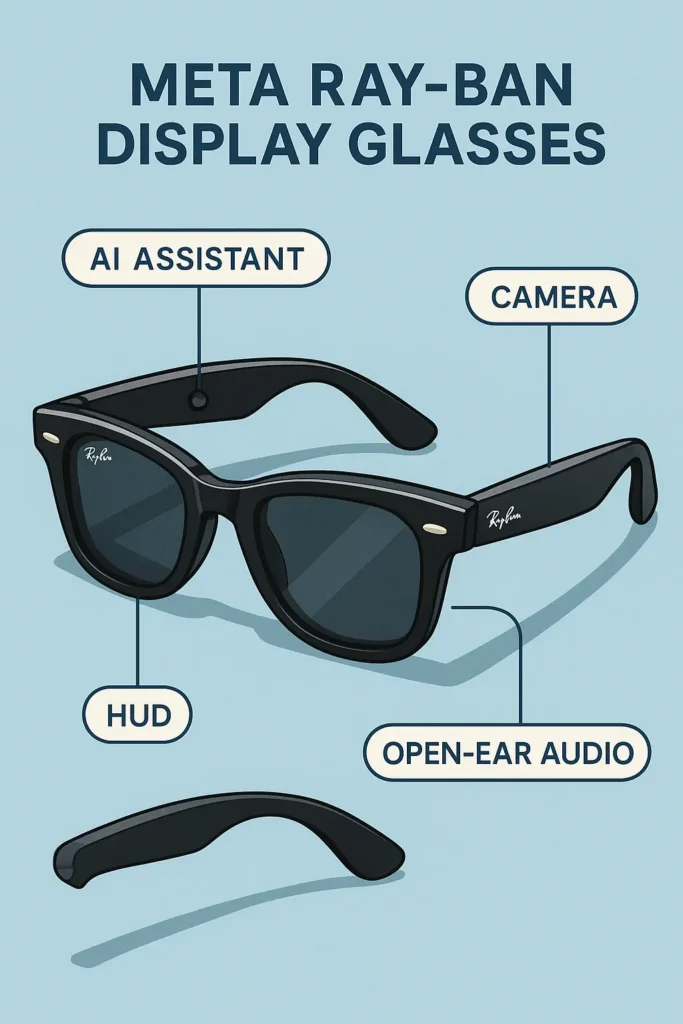
3. Who Will Actually Wear Them? Consumer Appeal vs. Reality
Meta wants everyone to wear these glasses, but let’s be honest — not everyone will.
The Enthusiasts
Early adopters and tech influencers will rush to try them. For content creators, hands-free photo and video capture is a dream. For commuters, integrated navigation and notifications add convenience.
The Skeptics
However, most users won’t see a clear need for $800 smart glasses. The 75% “no” poll result speaks volumes: people are cautious about cost, usefulness, and privacy.
Everyday Scenarios
- Taking a hands-free call while walking.
- Listening to music or podcasts without earbuds.
- Capturing spontaneous travel moments from your perspective.
These features sound appealing, but are they enough to justify replacing your phone or smartwatch?

4. Workplace Applications: Where Meta May Actually Win
Interestingly, enterprise and professional use could be the real breakthrough market.
Practical Use Cases
- 🏥 Healthcare: Surgeons can access patient data or medical imaging hands-free.
- 🏭 Industrial maintenance: Engineers view real-time repair instructions or live video assistance.
- 🚚 Logistics: Workers scan inventory using visual overlays.
- 🛍️ Retail: Staff assist customers by viewing stock info directly through the display.
This mirrors the path Google Glass took — finding its niche in business rather than among consumers.
Meta’s emphasis on privacy indicators (small LEDs showing when cameras are active) helps make the glasses suitable for regulated environments like hospitals or factories.
5. The Barriers to Mass Adoption
While Meta’s innovation is impressive, adoption won’t be easy.
1. Price and Perception
At $800, the glasses compete with flagship smartphones. The value proposition must be crystal clear.
2. Privacy Concerns
The idea of people recording in public raises alarms. Even with visible indicators, privacy fears remain. Meta has tried to address this through transparent LEDs and built-in privacy controls, but skepticism persists.
3. Technical Limitations
- Battery may not last through heavy use.
- Bright sunlight affects display visibility.
- Comfort and heat management are crucial for long-term wear.
4. Social Acceptance
There’s still a “creepy” factor when someone wears glasses with a camera. Until that stigma fades, mass-market success remains uncertain.
6. Privacy and Security: Meta’s Built-In Safeguards
Meta has learned from past mistakes — like Google Glass’s backlash — and now emphasizes transparency and trust.
- 🔒 Recording Indicator: A visible LED lights up when the camera or microphone is active.
- ⚙️ Data Control: Users can delete recordings directly via the Meta View app.
- 🔇 Microphone Control: Options to disable voice assistant anytime.
- 🧾 Clear Privacy Policy: Explicit consent for third-party app integration.
These features don’t just protect users — they protect bystanders, too. If widely respected, they could make smart glasses socially acceptable again.
7. Comfort, Design, and Battery: Lessons from the First Generation
Meta and Ray-Ban focused heavily on comfort. The new generation is lighter, slimmer, and better balanced than earlier models.
The glasses now feature:
- Thinner temples with improved grip.
- Lightweight frames suitable for daily use.
- Enhanced ventilation to prevent overheating.
- 4–6 hours of active use and quick USB-C charging.
They look and feel like regular Ray-Bans — which is essential if Meta wants users to wear them confidently in public.
8. The Software Ecosystem and Companion App
Meta designed a companion app, Meta View, which syncs with your smartphone to manage content, adjust settings, and connect with Meta’s broader ecosystem.
This integration allows users to:
- Instantly post photos and videos to Instagram and Facebook.
- Transcribe voice notes automatically.
- Receive firmware updates that add new features over time.
This software-first approach mirrors Apple’s strategy — releasing hardware that improves continuously via updates.
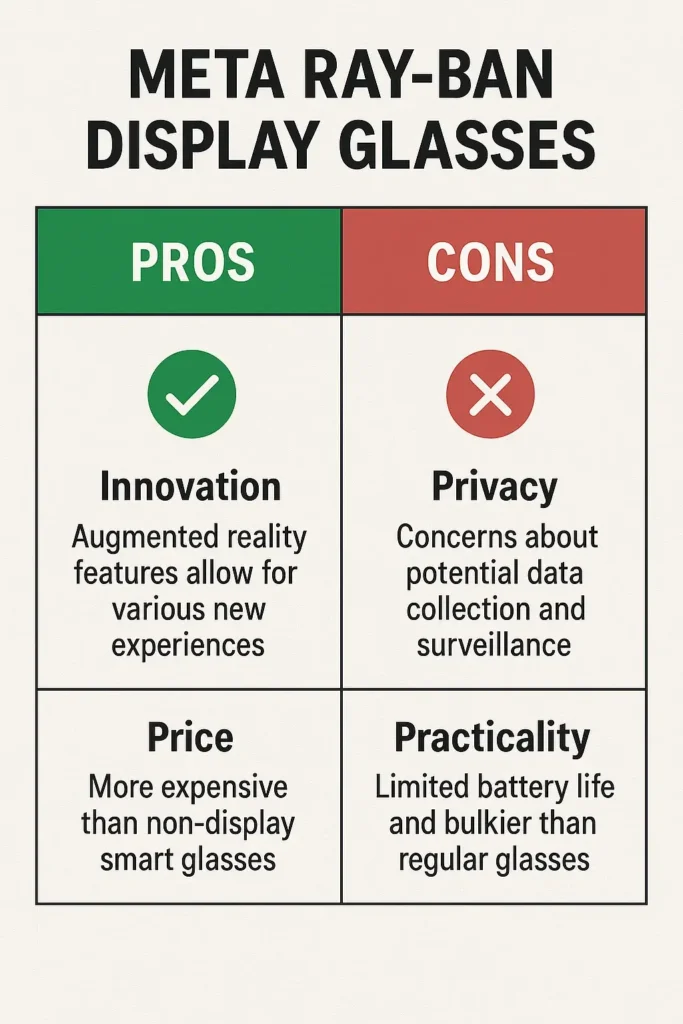
9. The Future of AR and Wearable Tech: Meta’s Long Game
The Meta Ray-Ban Display Glasses are just the first step in Zuckerberg’s vision for the metaverse and mixed reality.
Meta’s Roadmap
- Evolve from simple notifications to full augmented overlays.
- Integrate real-time AI vision that “sees what you see.”
- Enable immersive virtual collaboration and communication.
- Build a developer ecosystem for third-party AR applications.
Competitors to Watch
- Apple Vision Pro – premium immersive headset.
- Microsoft HoloLens 3 – enterprise-grade AR.
- Snap Spectacles – social-first camera glasses.
Meta’s differentiator? Accessibility and style. The company is betting that a fashionable, lightweight device will outlast bulky headsets.
10. Key Statistics & Market Data
| Metric | Value / Figure | Context / Notes | Source |
|---|---|---|---|
| Global smart glasses market size (2024) | US$ 1.93 billion | Baseline value; projected to grow rapidly by 2030 | Grand View Research |
| Projected market size by 2030 | US$ 8.26 billion | Expected CAGR of ~27.3% from 2025 to 2030 | Grand View Research |
| Sales growth in 2024 | Up ~210% YoY | Smart glasses shipments rose year-over-year to > 2 million units | ewintelligence.com |
| Market share – Ray-Ban Meta | ~60% | In 2024, Ray-Ban Meta claimed ~60% share of smart glasses shipments | ewintelligence.com |
| Consumer interest in next 12 months | 5% of US adults | According to a YouGov survey, 5% are considering buying smart glasses | YouGov |
| Meta Ray-Ban smart glasses units sold | Over 1 million in 2024 | Mark Zuckerberg confirmed sales exceeded 1 million units in 2024 | The Verge |
| Cumulative sales since launch | 2 million pairs (to date) | EssilorLuxottica announced ~2 million total Meta-Ray-Ban glasses sold | The Verge |
| Display specs of the Ray-Ban Display | 600 × 600 pixels, 20° field of view | From a hands-on review of the new glasses | The Verge |
| Brightness & leakage | 5,000 nits max brightness, ~2% light leakage | These figures come from technical tests / reviews | The Verge |
| Surgeon familiarity with AR glasses | 27% | In a survey, 27% of surgeons said they already use or are familiar with AR smart glasses | Vuzix Corporation |
🧐 Commentary and Caveats
- The market forecasts (e.g. from ~$1.93B to ~$8.26B) reflect optimistic assumptions about adoption, cost declines, and technological advances. Grand View Research
- The ~210% shipment growth in 2024 is striking, but the base is small — going from perhaps ~1 million to ~2+ million units. ewintelligence.com
- The dominance of Ray-Ban Meta (60%) may not hold as more competitors enter the field. ewintelligence.com
- Surveys like the YouGov 5% interest highlight that willingness to buy is still niche. YouGov
- Technical specs (600×600, 5,000 nits) come from reviews and may differ in real-world usage (sunlight, outdoor conditions). The Verge
- The surgeon familiarity stat (27%) is in a specific professional domain; in general populations, acceptance is far lower. Vuzix Corporation
11. Conclusion: A Glimpse Into the Wearable Future
Meta’s Ray-Ban Display Glasses blur the line between technology and lifestyle. They’re fashionable, intelligent, and undeniably futuristic. Yet, the road to mainstream adoption is still long.
If Meta’s AI integration continues to evolve — combining hands-free interaction, privacy safeguards, and true everyday usefulness — these glasses might not just be an accessory, but the next computing platform.
Until then, they remain a bold experiment — one that invites us to imagine a world where your AI assistant lives behind your lenses, guiding you quietly through every moment of your day.
Final Thought:
Would you wear a phone on your face if it made your world more connected, effortless, and intelligent?
More Insights on Digital Marketing Strategies:

